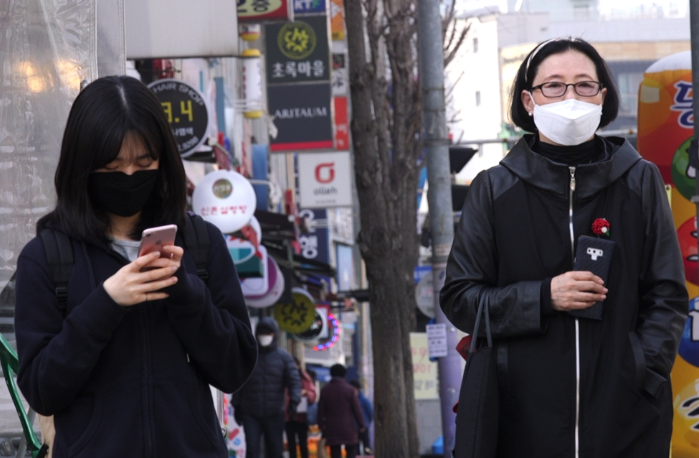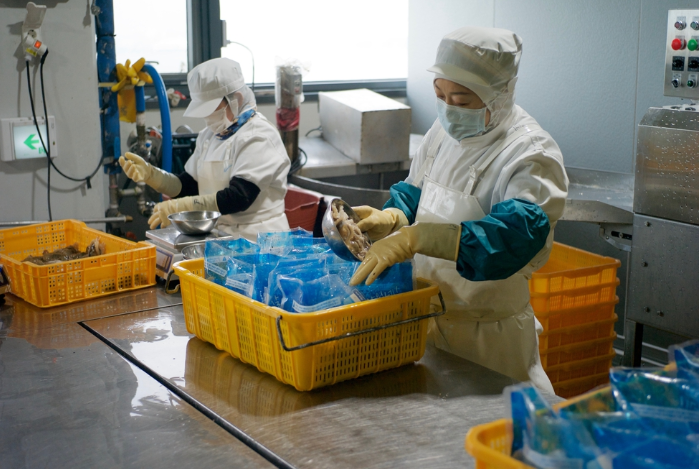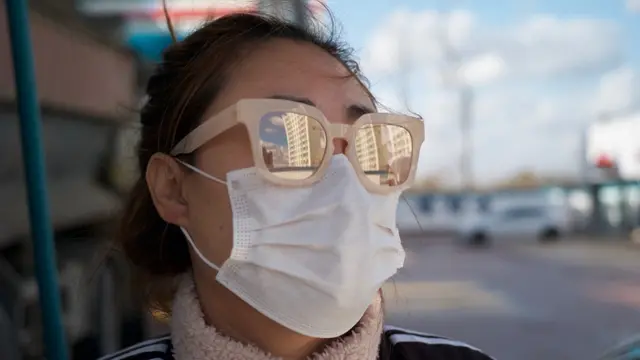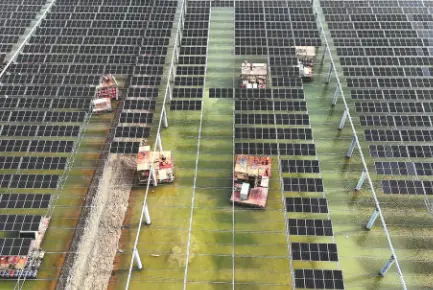South Korea was one of the earliest countries outside China to report a major outbreak and, like Italy, contagion began with a few cases that quickly escalated into the thousands.
Less than two months after officials met to discuss the country's response, almost 300,000 people have been tested, with more than 8,000 infections identified.
New daily cases have fallen from a peak of more than nine hundred to the double digits.
The fall is credited to the government moving swiftly and prioritizing early detection.
"Screen or test, treat the people who are infected, isolate them and track down people who might have been exposed and let them know, and test them or quarantine them also," says Jerome Kim, the Director General of the International Vaccine Institute, adding "the WHO considers that to be a best practice."
To enable mass screening, South Korea set up drive-through testing sites and has since been rolling out phonebooth style facilities that allow doctors to access patients safely from the other side of a clear plastic wall.
"We developed this system after pondering how it would be possible to make consultations safe and quick for those who don't have cars and need to walk in," says Kim Sang-il, the president of H Plus Hospital.
More than a quarter of a million people have been tested so far.
Mass screenings have led to many infected people getting early treatment, a factor credited with leading to a relatively low mortality rate of one percent.
"In the middle of January, we got published sequences from Chinese investigators," says Jerome Kim.
Kim says this allowed South Korean labs to run the sequences through super computers and develop the first diagnostic kits within hours.

Temporary testing facility in Yongin. Jack Barton/CGTN
South Korean companies were then instructed to mass produce the kits.
"One company put all of its senior executives to work on the production line because they thought that it's really important to get these kits out in order to test people," says Kim.
Much of that was possible because the government already had a crisis plan in place that was in large part learned from mistakes Seoul initially made while trying to curb the 2015 MERS outbreak.
A large part of South Korea's success is credited to public support.

People are going out but practicing social distancing. Jack Barton/CGTN
"Churches started streaming their services, people didn't go to movie theaters, I mean the restaurants weren't closed, but there were hardly any customers in restaurants.When they were instructed to socially distance, they did, so you have a population that is willing to listen," says Kim Jerome.
South Korea has also gone against the grain in combating coronavirus by leaving its border open and allowing freedom of movement, even in Deugu, where the country's major outbreak began.
Aside from schools, there have been no mandatory lockdowns in South Korea where many businesses, including restaurants, remain open.

Most businesses remain open. Jack Barton/CGTN
And while many European countries and Australia have essentially sealed their borders, South Korea's international airports have remained open to all nations.
Arrivals are heavily screened and given an app so they can be traced and provide feedback on their health.
People departing also receive three-phase testing.
But on Sunday the government announced that arrivals from Europe will now face a 14-day mandatory self-quarantine on arrival, while the Prime Minister is calling for religious gatherings, indoor sports events and nightclubs to be closed for two weeks.
The government's plan appears to be paying off, though officials say the country is still on 'high alert' for a second wave of infections.
(Cover image: People are going out but practicing social distancing. Jack Barton/CGTN)
 简体中文
简体中文










